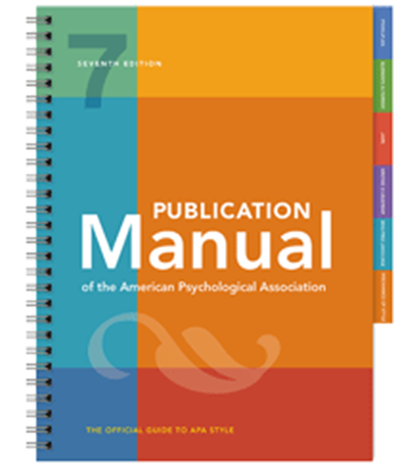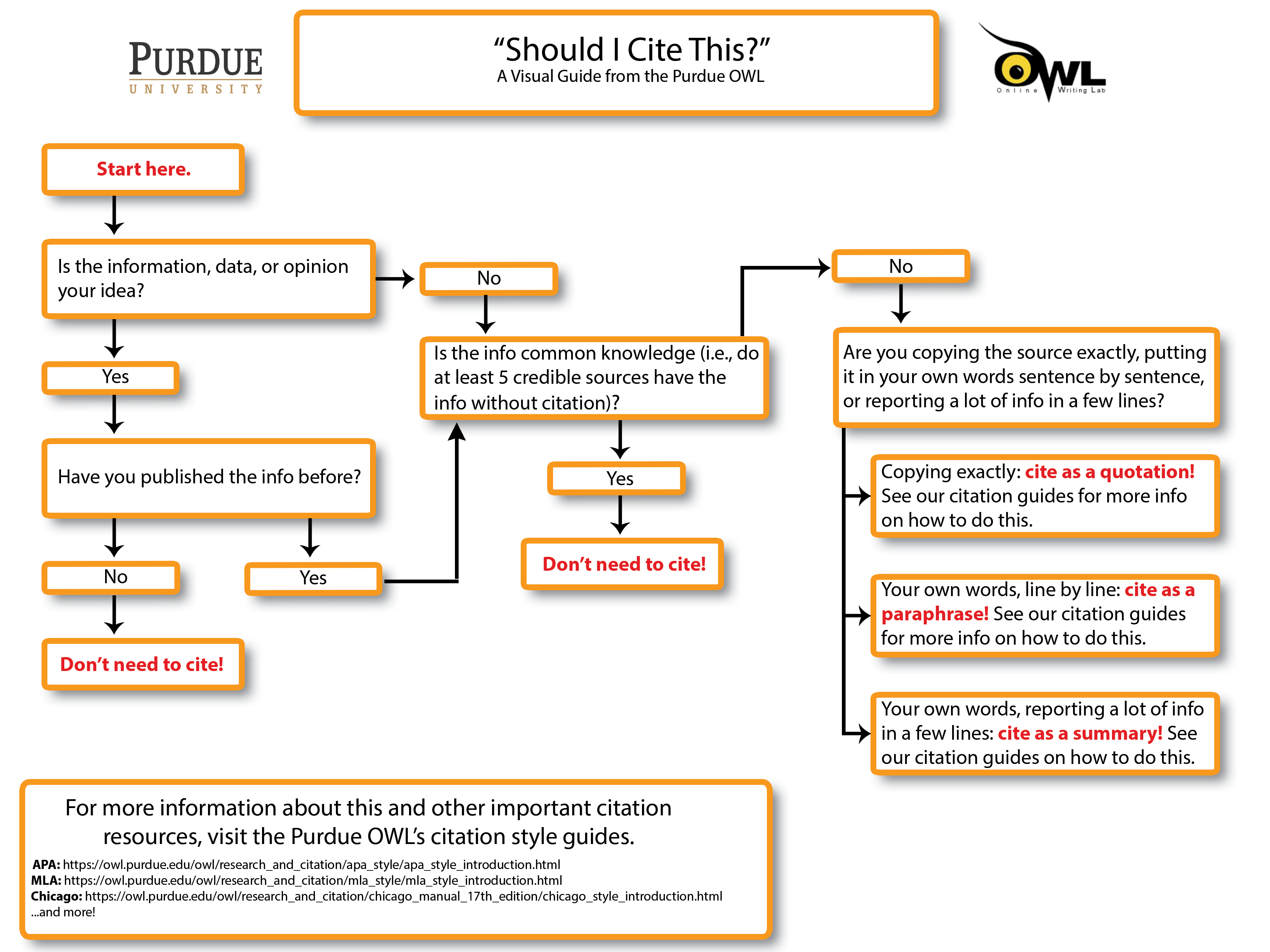
 Publication Manual of the American Psychological Association
Publication Manual of the American Psychological Association
Academic Integrity Policy at Cambrian College, 2022
Plagiarism:
- The use of material produced by another person without acknowledging that source.
- Plagiarism is distinct from co-operation and collaboration.
- Cambrian College Faculty may expect students to work together on assignments and present the results, either collectively or individually.
Examples of plagiarism include:
- Presenting, in whole or part, material created by someone else, or presenting the ideas, language, or other intellectual property of someone else as your own work without acknowledgement of the source of the material.
- Incorporating direct quotations or large sections of paraphrased material in an assignment without appropriate acknowledgement of the source(s).
- Utilizing paraphrasing remix software of any kind (e.g., Spinbot) rather than paraphrasing according to accepted writing and research practices is considered plagiarism.
- Receiving any assistance from a third party (e.g., proofreader, editor, etc.) that compromises the authenticity of a piece of work. Proofreaders/editors may help with typographical, spelling, punctuation, grammatical, syntactical, and formatting errors, etc.; however, students using a third party to rewrite or add to existing content, to alter arguments or logic, to add or alter references, and/or to check facts, data, calculations, equations, etc. will be considered to have committed Academic Dishonesty.
 Microsoft Editor
Microsoft Editor
 What is plagiarism?
What is plagiarism?
 Self-plagiarism
Self-plagiarism
 Academic Integrity in Cyberspace
Academic Integrity in Cyberspace
 "Should I Cite This?"
"Should I Cite This?"